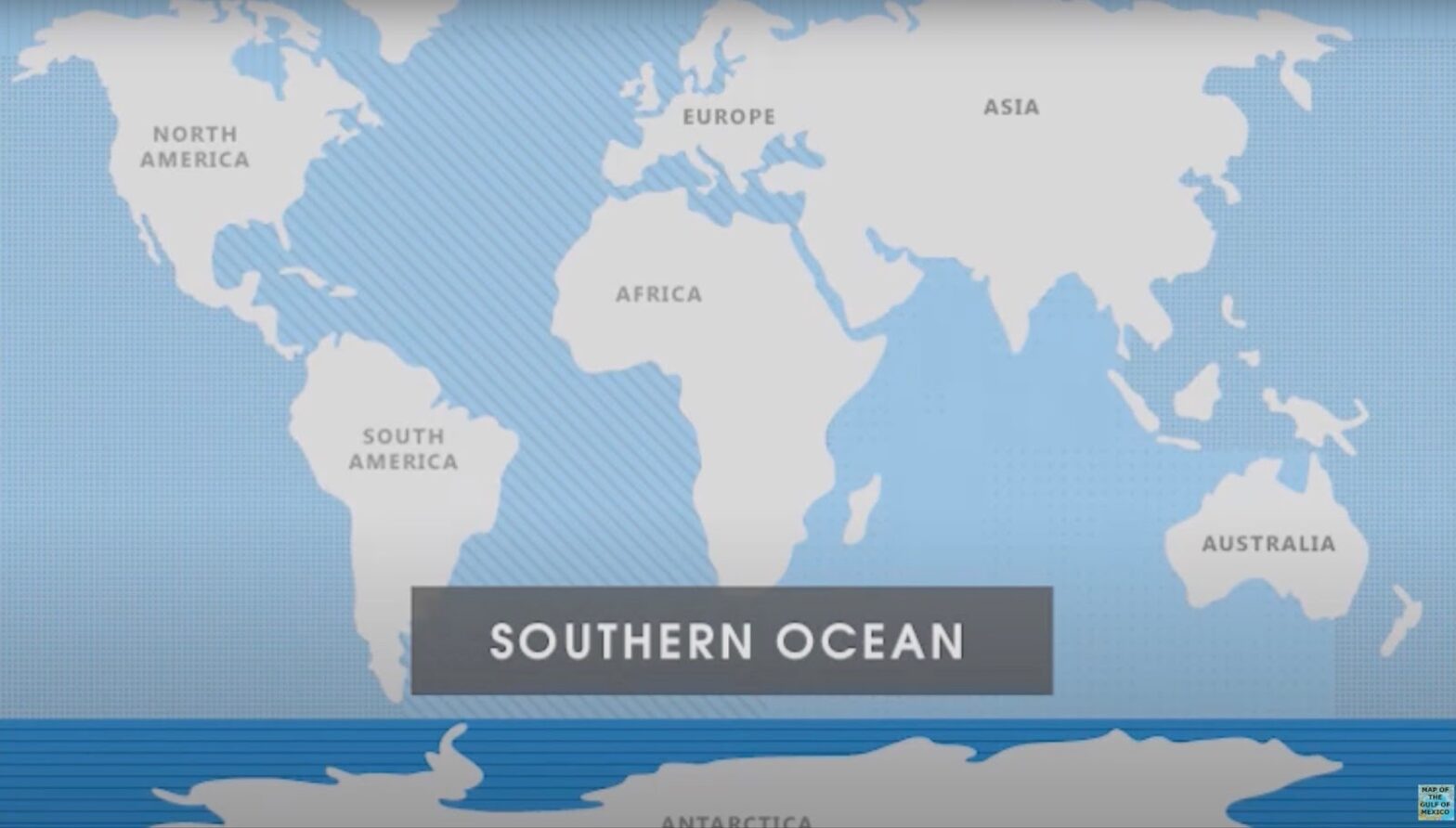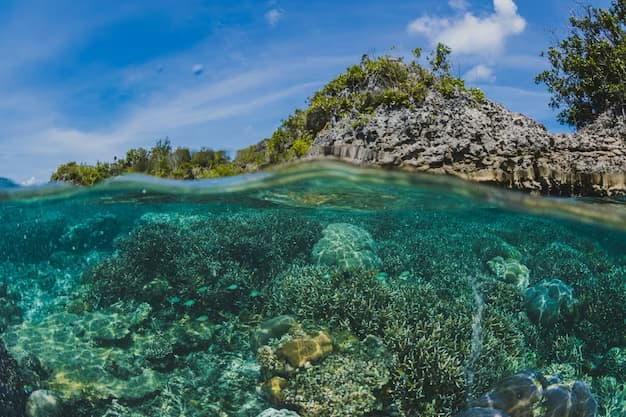The Southern Ocean, also referred to as the Antarctic Ocean, is a vast expanse of water that encircles the entire continent of Antarctica and extends to Australia and the southern tip of South America. While it is smaller than the Pacific, Atlantic, and Indian Oceans, it is still larger than the Arctic Ocean. It covers about four percent of the Earth’s surface, equivalent to 7,846,000 square miles.
How Did the Southern Ocean Become the Youngest and Most Challenging of Earth’s Oceans?
Having been formed some 30 million years ago, many marine scientists regard the Southern Ocean as the youngest in the world’s collection of significant oceans. This vast expanse of water was birthed when Antarctica and South America diverged during earth’s formative stages.
The Southern Ocean outdoes its counterparts in depth as well, reaching astounding depths ranging from 13,000 to over 16,000 feet. Its geographical location on the periphery of the Southern Hemisphere exposes it to freezing atmospheric conditions that enable the formation of numerous icebergs of varying sizes. These frigid conditions, along with the fiercest winds on the planet, pose severe challenges for seafaring vessels, making year-round navigation a significant hurdle.
However, braving these challenges becomes a necessity considering the plethora of resources that the Southern Ocean houses. From natural gas and crude oil to sand and gravel, the Ocean’s bounty is indeed rich. Additionally, it serves as a home for diverse sea mammals and an array of fish, making it a trove for the global fishing industry. Although the severe icy conditions limit the establishment of harbors and ports on the Southern Ocean’s coastline, necessitating off-limits protocols for most vessels.
Is the Antarctic Circumpolar Current Redefining the Southern Ocean’s Boundary?
Though robust in its geographical character, the Northern boundary of the Southern Ocean has been a subject of considerable debate. The Antarctic Circumpolar Current, which flows unhindered around the Antarctic continent, is a confluence of waters from different directions. As a result, its dynamic nature causes it to shift with the changing seasons, thus presenting a considerable challenge to its designation as a stable, practical boundary.
Interestingly, the term ‘Southern Ocean’ didn’t enter the geographical lexicon until the dawn of the 21st century. Prior to the year 2000, the vast water body we now know as the Southern Ocean was divided into the southernmost regions of the Indian, Pacific, and Atlantic Oceans. This fragmented identity was unified when the International Hydrographic Organization (IHO) cast their votes in favor of designating this colossal body of water as a distinct entity – christening it the ‘Southern Ocean.’
Let’s sum it up
In conclusion, the Southern Ocean, despite its late recognition, holds an undeniable significance in our planet’s geographical layout. Its vast expanse, rich resources, unique currents, and powerful winds combine to create a fascinating aquatic landscape. Still, it’s the mysteries and challenges posed by its undefined boundary that add an intriguing layer to its existence.



